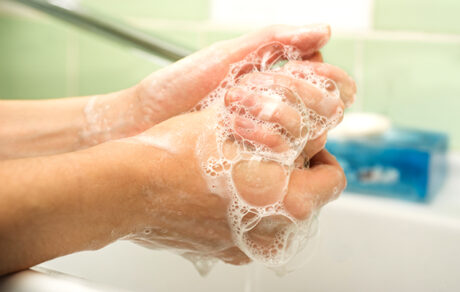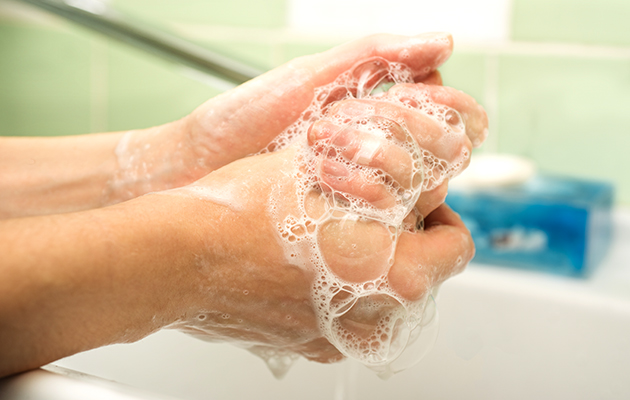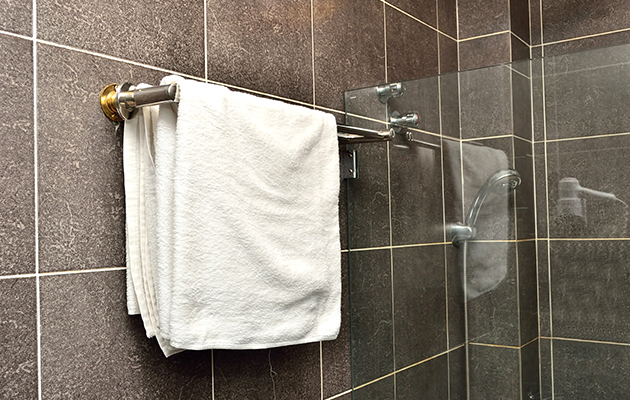Fact can sometimes be stranger than fiction. The cleaning experts at Helpling Singapore has exposed down some common myths about bacteria and hygiene. So let’s see if you can work out which of these hygiene myths are fact and which are fiction.
Bacteria dies in the freezer: false
Believe it or not, bacteria is still alive at -18 °C. Putting your food in the freezer simply prevents bacteria from multiplying at this temperature. However, at room temperature, as soon as the food thaws, doubling every 20 minutes.
Coins and dollar bills are contaminated with bacteria: false
It has been scientifically proven that the copper in coins actually kills bacteria. Dollar bills do not provide proper living conditions for bacteria, hence, only a small amount of bacteria is present.
Dishwashers are clean, because it is a ‘washer’!: false
Dishwashers are the perfect place for fungi and black yeast to manifest. The insides of a dishwasher should be cleaned every month. Simply pour vinegar into any dishwasher-safe cup and leave it on the empty top rack of the dishwasher and let it run for a full cycle at a hot temperature.
Wearing gloves protects me from germs and is more hygienic than hand washing: false
Gloves can be very unhygienic if not cleaned properly or changed regularly. It is important to clean your gloves and store it in the cupboard once it is fully dried. To clean, place them in the basin in hot water with two spoonfuls of vinegar and a some detergent before soaking them for 10 – 15 minutes. Rinse them thoroughly and then dry them in a cool place. Also, your gloves should be changed regularly, at least once a month to minimise the growth of bacteria.
The more soap I use, the cleaner I get: false
This isn’t necessarily. Infact, more soap can create more germs and bacteria as soap or detergent are great nutrients for bacteria growth. Always make sure that you rinse your hands, dishes, or clothes thoroughly to prevent the growth of bacteria.
All bacteria is harmful to humans: false
We are in contact with bacteria daily. In fact, there are billions of microorganisms in our intestines and on our skin, with only few being germs! Good bacteria lives in our digestive system, on our skin and in our mouth and it helps us with digestion and protection from bad bacteria that can make us sick or even kill us.
Scratched Teflon pans causes cancer: false
It is only above 260 °C that scratched Teflon pans are harmful. The coating called ‘polytetrafluoroethylene’ emits toxic fumes only above this temperature. Be cautious when you cook as such temperatures are reached through a specific way of overheating.
Cutting boards serve as a breeding ground for bacteria: false
Whether is it a wooden or plastic cutting board, as long as you clean them carefully, they are safe to use. Woods contain resins and oils of germicidal features and certain wood species also contain tannic acid which is also germicidal. When using plastic boards, kill bacteria by placing them in a dishwasher in around 60 °C temperature.
The dirtiest place in the house- The toilet: false
There are greater sources of bacteria found in the refrigerator and dishcloths. Additionally, it is now a well-known fact that a keyboard contains 400 times more germs than a toilet seat.
You can use the same bath towel repeatedly without concern: false
Dampen towels are ideal habitats for bacteria. It is recommended to use your towel no more than 3 times mac before your towel becomes infested with bacteria.







